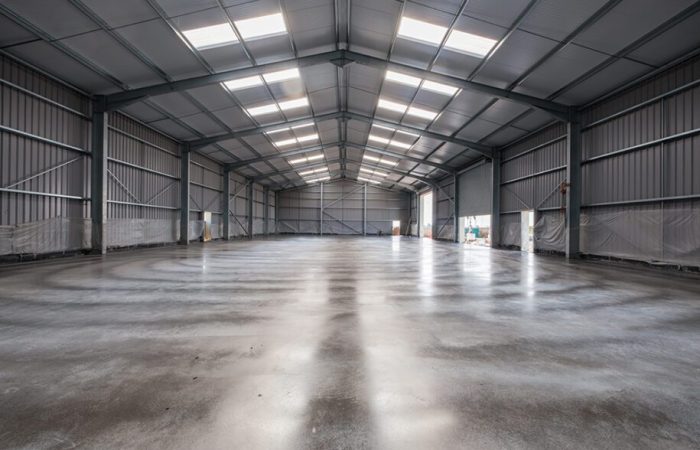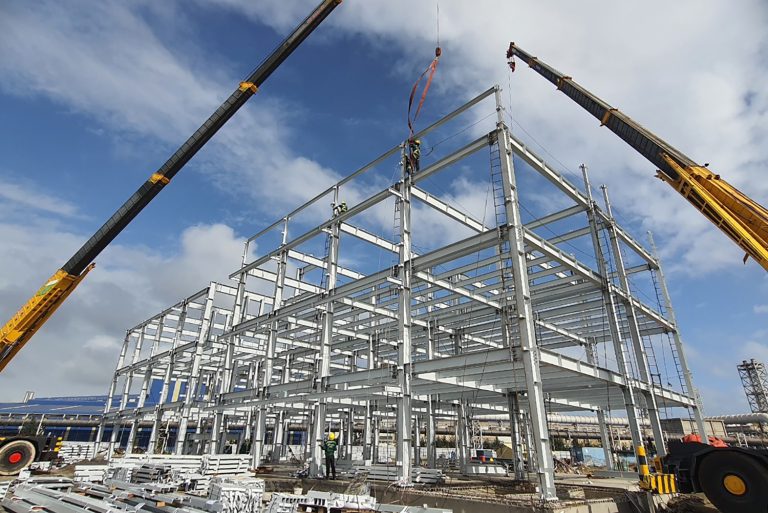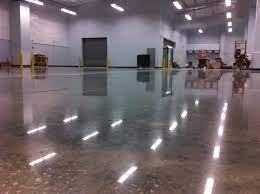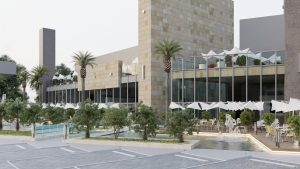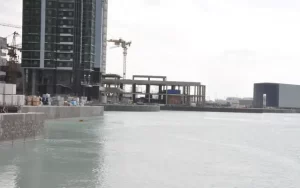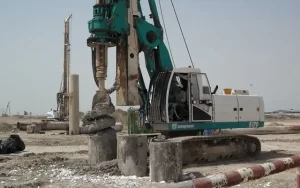Concrete Flooring Reduce Shrinkage Cracks
Introduction
Shrinkage cracks are one of the most common problems in concrete flooring for warehouses and factories. Left untreated, they can lead to structural weakness, dusting, water infiltration, and increased maintenance costs. In Saudi Arabia, where warehouses and factories must withstand heavy loads, forklifts, and extreme temperature variations, preventing shrinkage cracking is essential.
At DTC General Contracting, we implement specialized mix designs, reinforcement techniques, and laser screed finishing to minimize shrinkage cracks and extend the life of industrial concrete floors.
What Causes Shrinkage Cracks in Concrete Floors?
-
Plastic Shrinkage: Occurs during early drying when surface moisture evaporates too quickly.
-
Drying Shrinkage: Happens as concrete hardens and loses internal water over time.
-
Thermal Shrinkage: Rapid temperature changes in Saudi Arabia can cause expansion and contraction.
-
Improper Joint Design: Lack of contraction joints allows cracks to appear randomly.
Techniques to Reduce Shrinkage Cracks
1. Optimized Concrete Mix Design
-
Use low water-to-cement ratios to minimize shrinkage.
-
Add shrinkage-reducing admixtures (SRA) for better volume stability.
-
Use pozzolanic materials (fly ash, silica fume) to reduce permeability and cracking.
2. Proper Sub-base and Reinforcement
-
Ensure well-compacted subgrade and sub-base.
-
Introduce Steel Fiber Reinforced Concrete (SFRC) to control crack width and spacing.
-
Place reinforcement mesh correctly to distribute stresses.
3. Laser Screed Technology
-
Ensures uniform thickness and flatness across the floor.
-
Reduces weak spots where shrinkage cracks often begin.
-
Minimizes the number of construction joints required.
4. Joint Design and Placement
-
Install contraction joints at the correct spacing (typically 24–36 times slab thickness).
-
Use dowel bars and joint sealants to transfer loads and prevent crack widening.
5. Curing and Surface Protection
-
Apply curing compounds or wet curing to slow evaporation.
-
Use epoxy or polyurethane coatings to seal surfaces and minimize cracking risks.
DTC’s Approach to Shrinkage Control in Saudi Arabia
DTC applies advanced flooring systems to deliver shrinkage-resistant industrial slabs:
-
Laser screed concrete floors with ultra-flat precision.
-
SFRC slabs that perform exceptionally in cold storage and heavy-load factories.
-
Epoxy and PU coatings for dust-free, crack-resistant finishes.
-
TR-34 and FM-2 compliant floors for warehouses with VNA forklifts and automated systems.
Real Projects with Shrinkage-Resistant Concrete Flooring
-
Al Saif Cold Storage Warehouses – Dammam – SFRC floors with laser screed finishing reduced shrinkage cracks under refrigeration loads.
-
Kameyat Specialties Factory – Dammam – Customized concrete mix design minimized long-term cracking risks.
-
AMC Factory – Dammam – 136,000 m² factory slab with carefully placed joints and advanced curing systems.
Benefits of DTC’s Crack-Resistant Concrete Floors
-
Durability – Floors that withstand heavy machinery and traffic.
-
Safety – Reduced trip hazards and dust.
-
Cost Savings – Less repair and maintenance over time.
-
Operational Efficiency – Flat, joint-controlled floors enable automation.
Conclusion
Shrinkage cracks are not just cosmetic—they affect the performance and lifespan of warehouse and factory floors. By applying laser screed technology, optimized mix designs, reinforcement strategies, and proper curing, DTC ensures that industrial concrete floors in Saudi Arabia remain strong, flat, and durable for decades.
Call to Action
Looking to build crack-resistant concrete flooring for your warehouse or factory in Saudi Arabia?
📞 +966 566 41 1325
📧 info@dtc.sa
🌐 Visit Our Website
📺 YouTube | 💼 LinkedIn

